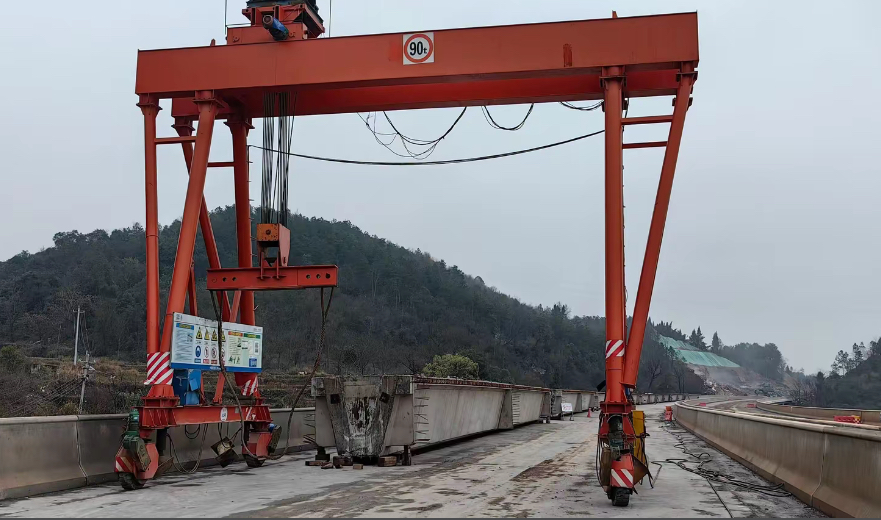Unshackling Terminals: The Mobile Revolution in Crane Technology
For generations, fixed-track systems dictated container terminal design. Rail-mounted gantry cranes provided reliable heavy lifting but created invisible barriers. Their permanent infrastructure consumed 25-30% of ground space for tracks and safety zones, while locking operations into rigid corridors. Reconfiguring these systems required substantial investment and operational disruption.
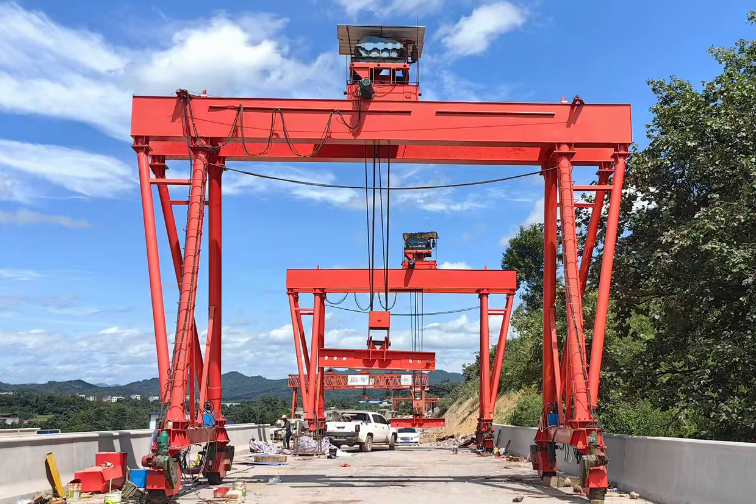
Enter the MBH rubber-tired gantry crane - a paradigm-shifting solution that liberates terminal planning. By replacing rails with precision-engineered tire systems, this gantry crane category introduces unprecedented mobility. The transformation extends beyond mechanics to operational philosophy, enabling terminals to adapt rather than conform.
Spatial Transformation
Recovered Real Estate: Eliminating fixed-track infrastructure immediately liberates 25-40% of ground space previously dedicated to rail-mounted gantry crane systems.
Dynamic Stacking: Liberated areas become adjustable container blocks or optimized traffic lanes.
Cost Elimination: Removes $1.2M/km annual track maintenance and alignment costs.
Operational Agility
The MBH rubber-tired gantry crane delivers transformational flexibility:
Real-time Reconfiguration: Adjust stacking patterns within hours during peak seasons.
Cross-Zone Efficiency: Single-unit coverage reduces equipment transit by 15-22%.
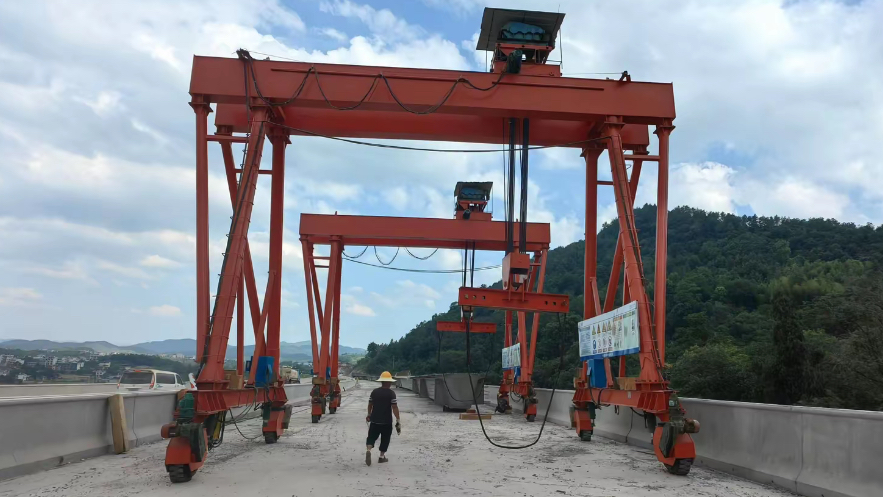
Hybrid Integration: Seamlessly complements existing rail-mounted gantry crane installations
Technical Evolution
Modern mobility solutions integrate:
Centimeter-precision GNSS positioning.
AI-driven predictive movement algorithms.
Energy recovery systems reducing consumption by 28%.
These advancements enable the MBH rubber-tired gantry crane to outperform static systems in variable operational environments. Comparative studies show 18-25% higher equipment utilization rates versus traditional rail-mounted gantry crane configurations.
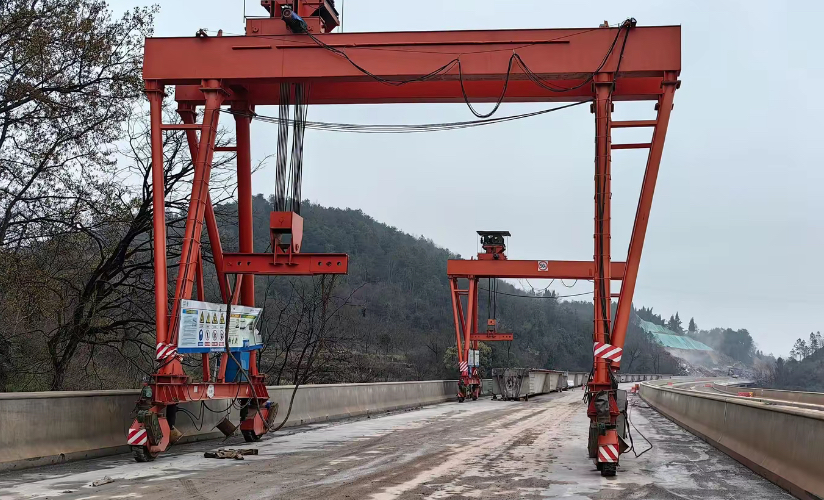
Global Proof Points
Port of Rotterdam: 22% reduction in repositioning time using mobile systems alongside existing rail-mounted gantry crane infrastructure
Singapore Terminal: 35% stacking density increase through dynamic space reallocation
LA-LB Complex: 60% lower reconfiguration costs during phased upgrades
Strategic Advantages
| Factor | Traditional RMG | MBH RTG |
|---|---|---|
| Space Efficiency | Fixed corridors | Adaptive zones |
| Reconfiguration | Months/Years | Hours/Days |
| Automation Path | Limited | Phased implementation |
| Carbon Impact | Static | 15% reduction via optimized routing |
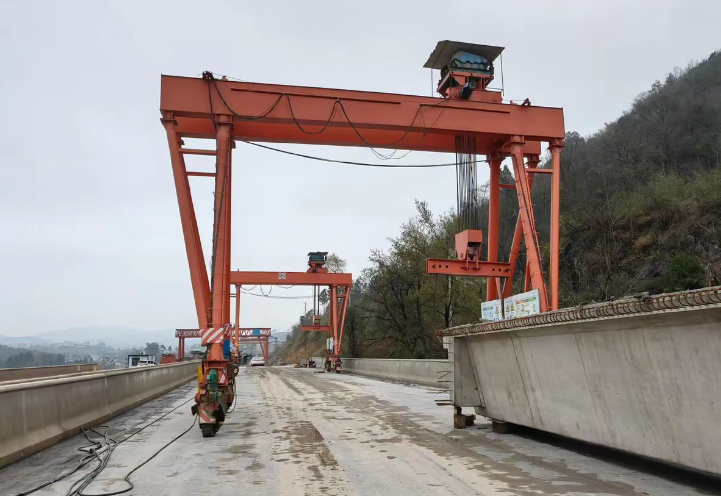
The shift from rail-mounted gantry crane dominance to mobile-first operations represents more than equipment substitution. It enables:
Data-Driven Optimization: Real-time adjustments based on cargo analytics.
Incremental Automation: Gradual implementation of autonomous features.
Asset Maximization: 30% higher equipment utilization through dynamic deployment.
Global terminals adopting MBH rubber-tired gantry crane technology report 17-22% operational cost reductions and 30% faster cargo turnaround. This evolution positions the modern gantry crane not as fixed infrastructure, but as an intelligent, responsive asset.
As supply chains face increasing volatility, the operational flexibility provided by mobile systems becomes indispensable. The MBH rubber-tired gantry crane represents the new standard - where terminals shape their equipment rather than being shaped by it.
